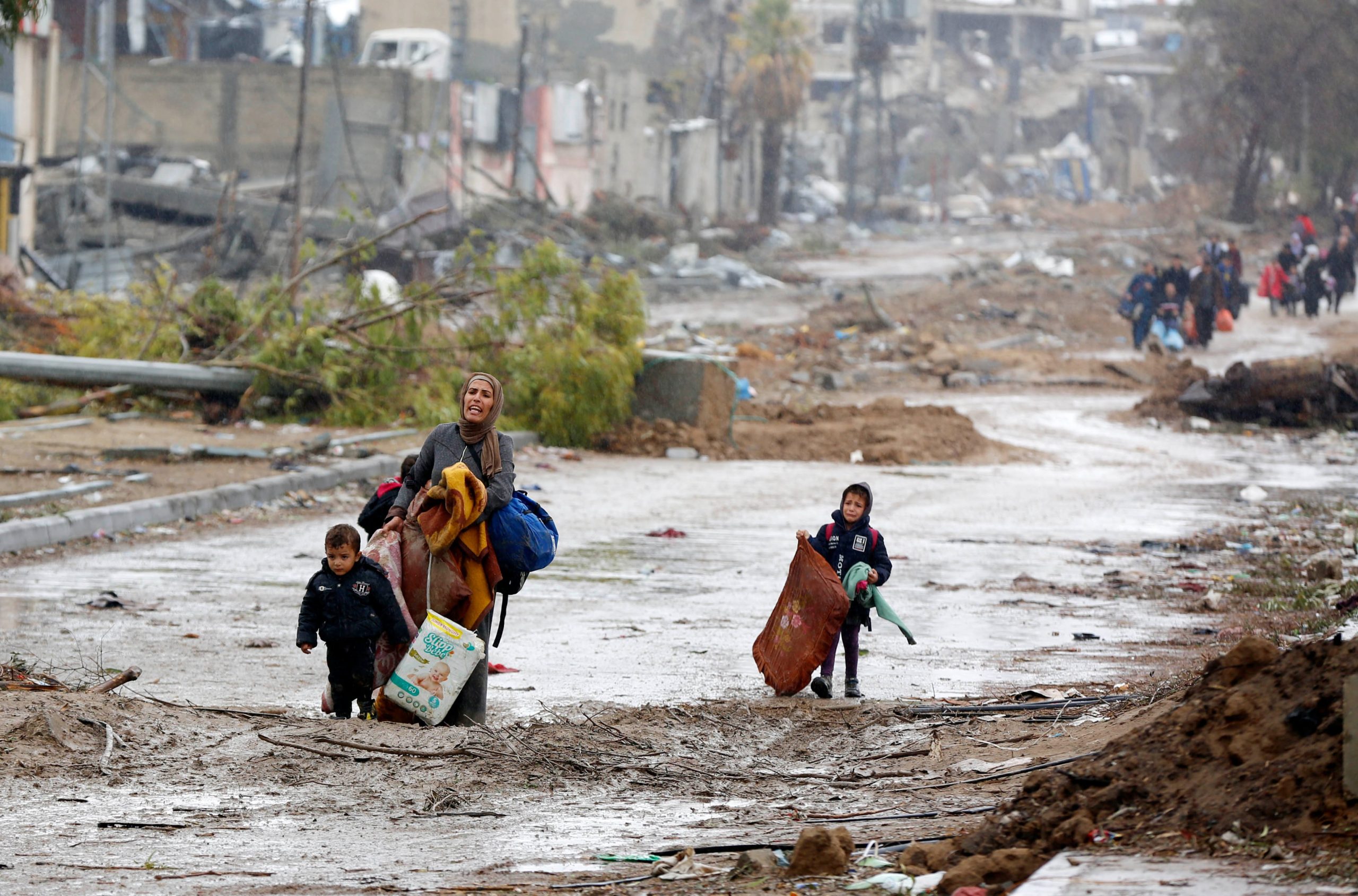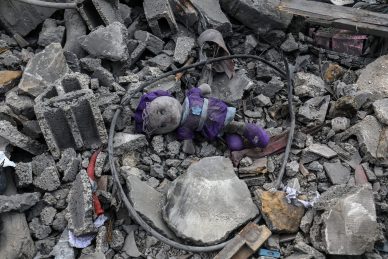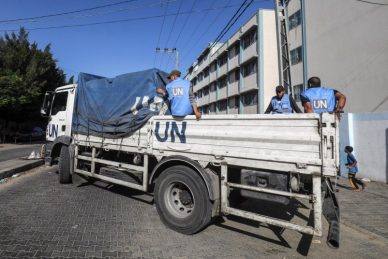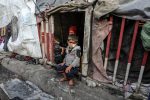GENEVA, (PIC)
United Nations agencies stressed on Monday the urgent need for the entry of humanitarian aid into Gaza as the risk of famine increases and more people are exposed to outbreaks of deadly diseases.
The heads of World Food Program, UNICEF, and the World Health Organization said in a joint statement that new entry routes needed to be opened to Gaza, more trucks needed to be allowed in each day, and aid workers and those in need of aid should be allowed to move around safely.
Aid does not meet basic needs
The statement highlighted that all Gaza residents depend on aid to survive in light of the inability to produce or import food, stressing that the sent humanitarian aid does not meet the basic needs of Gaza residents.
Although the United Nations, international aid agencies and NGOs have been able to deliver limited humanitarian aid, under extremely difficult conditions though, the quantities are far less than what is needed to prevent deadly hunger, malnutrition, and disease as the northern regions are running out of food, clean water, and medicines.
Restricted and risky humanitarian action
The UN agencies stressed that humanitarian action is restricted, due to the closure of all border crossings, except for two in the south, and because of the multi-stage inspection process of trucks heading to Gaza. Once inside the Strip, efforts to establish aid distribution points are hampered by bombings and ever-changing battle fronts, threatening the safety of ordinary Gazans as well as UN and humanitarian workers striving to deliver aid.
World Food Program Executive Director Cindy McCain said “People in Gaza risk starving to death just miles away from trucks carrying food. Every hour wasted puts the lives of countless people at risk. We can only avoid famine if we can provide adequate supplies and have safe access to everyone who needs aid, wherever they are.”
Food insecurity
The latest report of The Integrated Food Security Phase Classification (IPC) noted devastating levels of food insecurity in Gaza, pointing out that the entire population of Gaza, some 2.2 million people, “are experiencing a crisis or worse levels of acute food insecurity.” Almost all residents of the Gaza Strip are losing weight, spending entire days without eating, and many adults go hungry so that children can eat. The report warned of an imminent famine if current conditions continue.
The UN agencies’ statement underlined that the conflict has led to the destruction of infrastructure, basic water services, sanitation, and health services, in addition to limited capacity to treat acute malnutrition and the spread of infectious diseases. Children under the age of five, about 335,000, are particularly at risk. The UNICEF anticipates that the rate of child wasting could increase by approximately 30 percent in the next few weeks, compared to pre-crisis conditions, affecting up to 10,000 children. Wasting is one of the most life-threatening forms of malnutrition among children.
Children of Gaza at the risk of death
UNICEF Executive Director Catherine Russell said, “Children who are at risk of death due to malnutrition and diseases, are in desperate need of medical treatment, clean water, and sanitation services. The conditions on the ground do not allow us to safely reach the children and families in need. Some materials needed to repair and increase water supplies are still prohibited from entering Gaza. The lives of children and their families are at stake. Every minute counts.”
The heads of the three agencies stressed the urgent need to lift restrictions on the delivery of aid into and within Gaza, and to resume commercial traffic, reiterating their call for a humanitarian ceasefire in order to launch a large-scale and multi-agency humanitarian operation.














